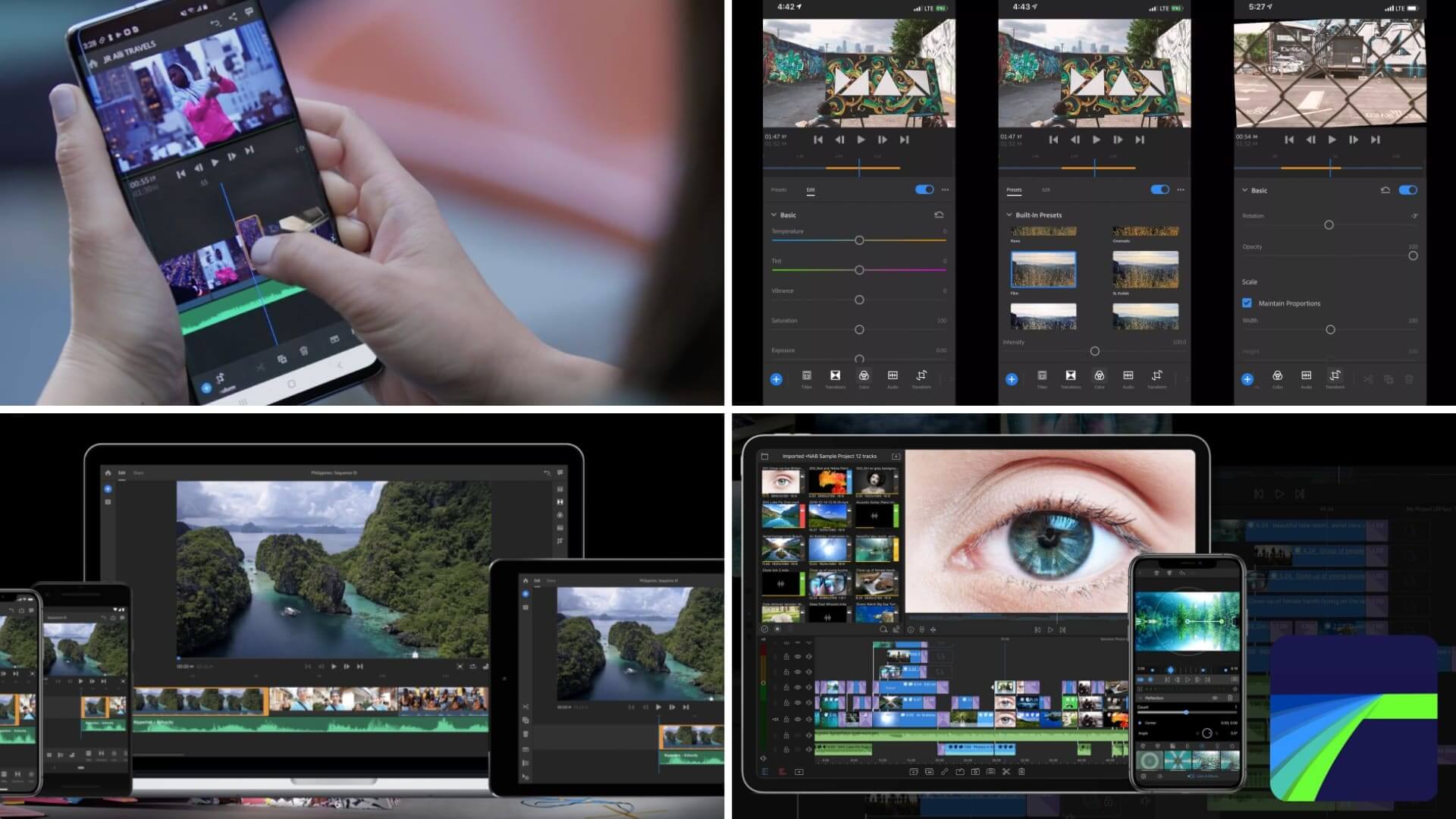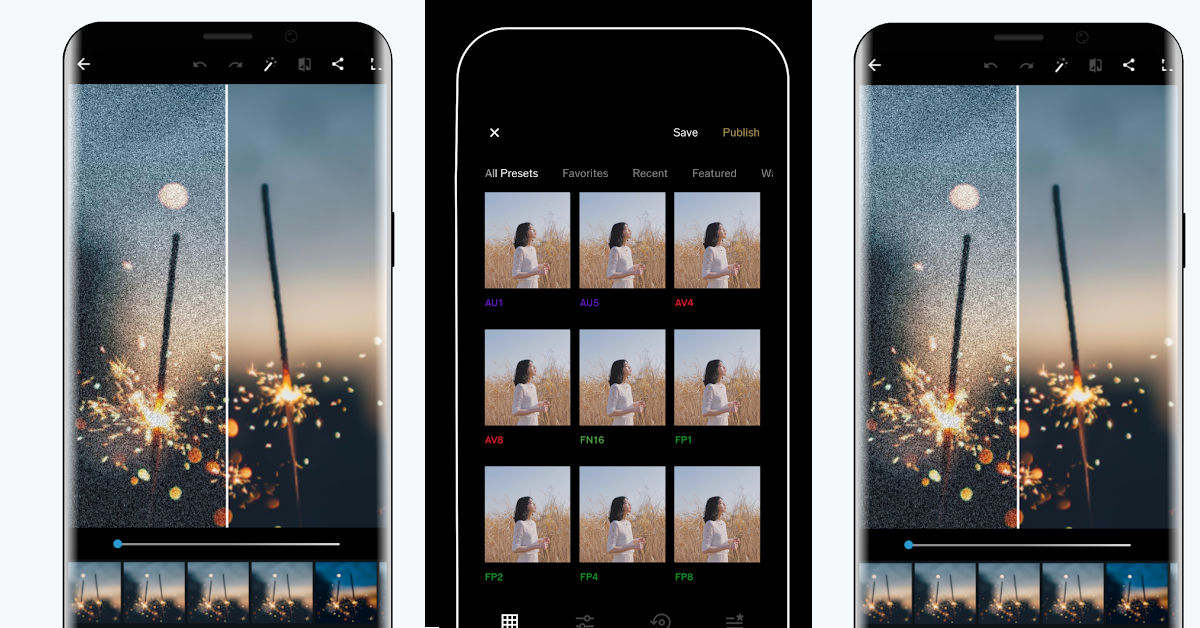

If you can foot the pretty hefty cost, then you'll enjoy serious processing power and a gorgeous display.

It's got support for the new Magic Keyboard (though that'll cost extra), and though app developers need to do some catching up to the new mouse/keyboard inputs offered by the new iPad, it's certainly a boon for photographers who may prefer this method of editing to the touchscreen.īattery life is also majorly improved over the 2018 model, and given that this was one of that iPad's major flaws, it makes this edition pretty tough to come up with any arguments against. While the 2020 version is no longer current, this iPad is still lightning-fast, and it's clear that Apple is gunning for its users to replace personal computers with this model. had undergone plenty of improvement, not least of which is the new A12Z Bionic chip that delivers faster performance across the board.
Best apple photo editor free pro#
Though it may look virtually identical to the 2018 version, the iPad Pro 12. However, if you've got the cash to splash, the substantial upgrades to the iPad Pro mean that there's no better investment for your money. Plus, when you start adding on additional storage and cellular connectivity, you might start to find your wallet wincing. The iPad Pro (2021) 12.9 is admittedly pretty expensive, so if you're on a budget then you may want to check out some of the other options in our guide to the best iPads for photo editing. It'll even expand to fit others in the shot if new people join the video.

Center Stage will track the user's movement and keep the subject in the field-of-view by panning to follow them. This gives users the ability to record and stream video while moving around their space. This new TrueDepth selfie camera is particularly intriguing, as it features the new Center Stage function. Outside of the introduction of the M1 chip, some of the other exciting features include a 2TB storage option, the addition of 5G (and in the US, users will be able to experience super-fast mmWave 5G) and a new 12MP ultra-wide front-facing camera with a 122º field of view. This means that the 8-core CPU will be 50% faster than the previous generation, while the 8-core GPU will deliver 40% faster graphics (interestingly, the new iPad Pro will be an astounding 1500x faster than the very first iPad Pro!). The iPad Pro is the first tablet to ever house the Apple M1 chipset.


 0 kommentar(er)
0 kommentar(er)
